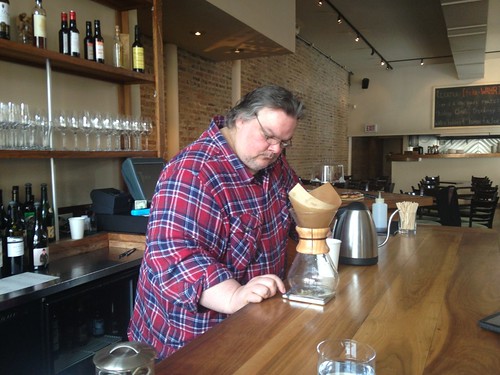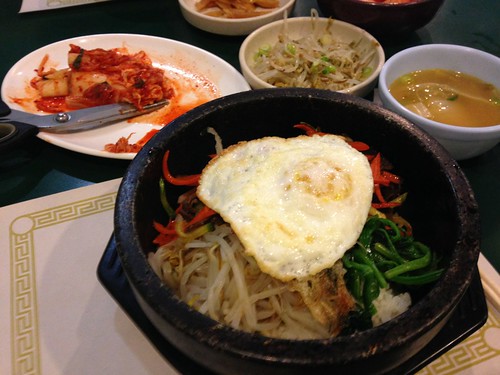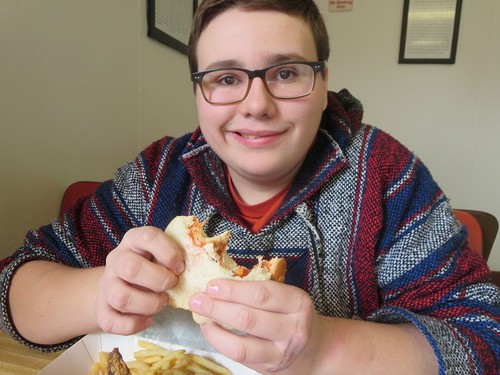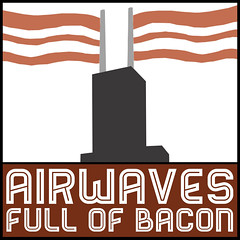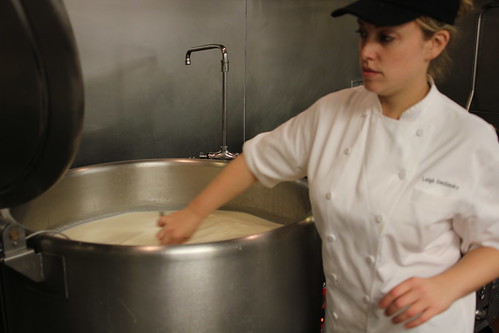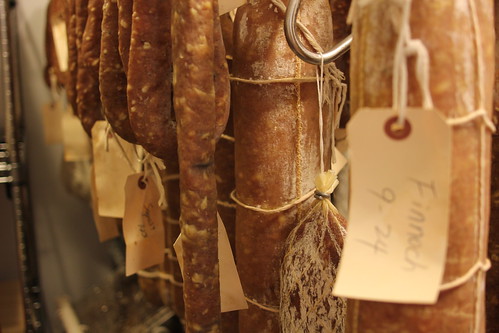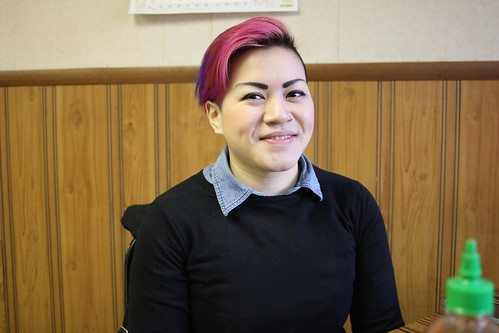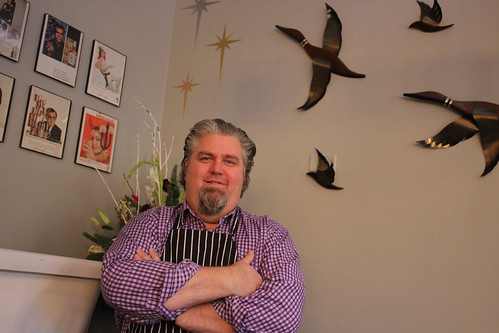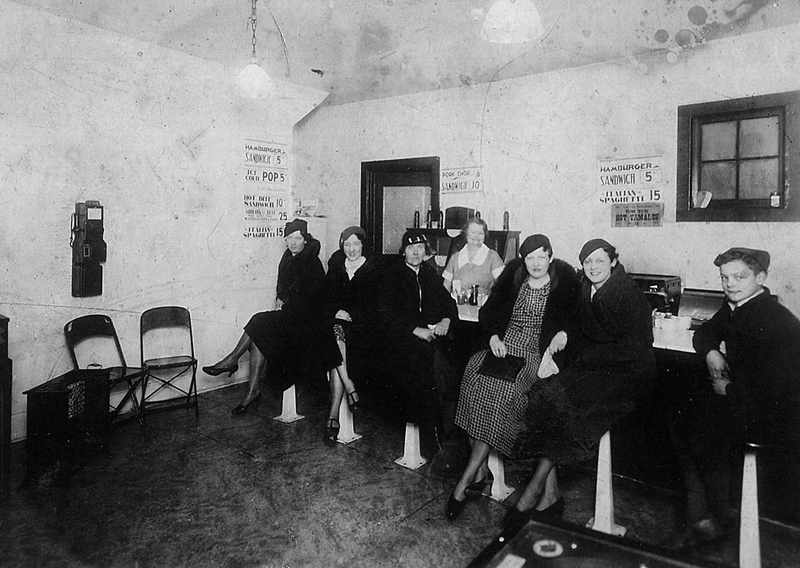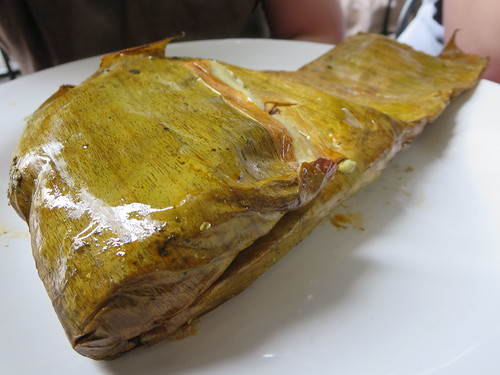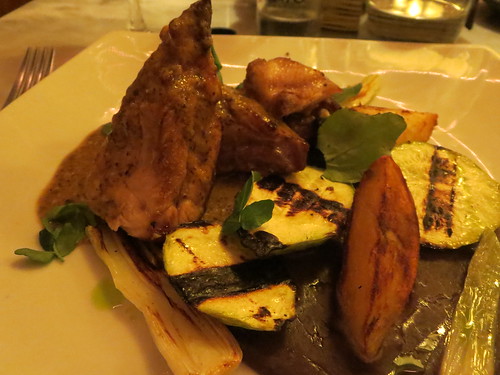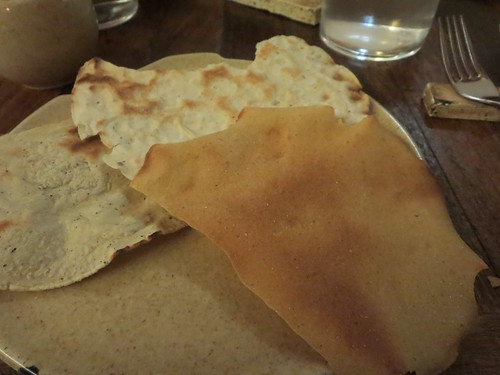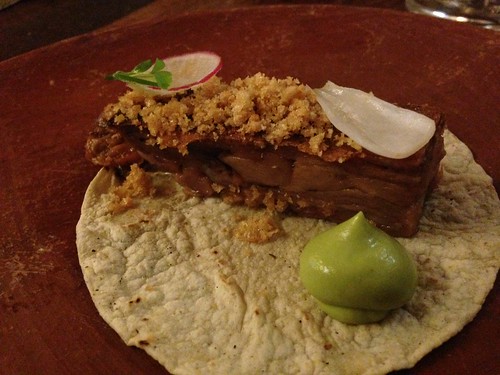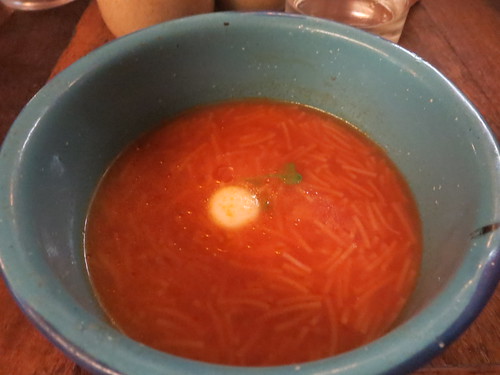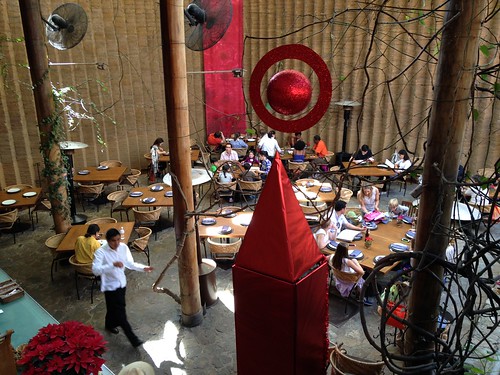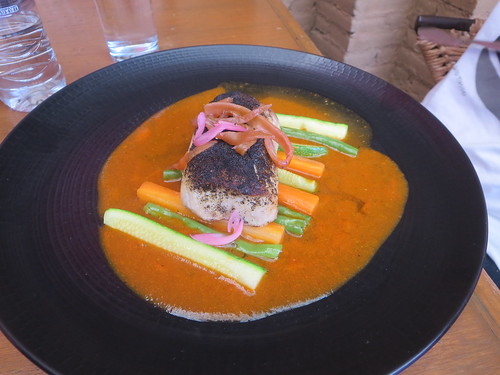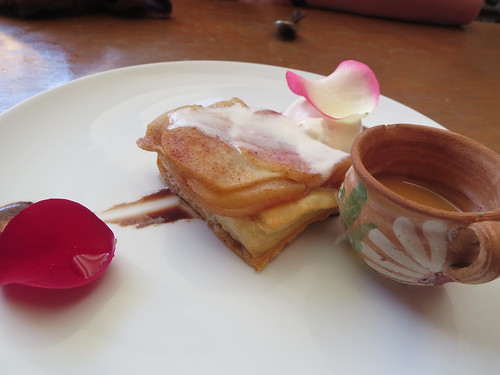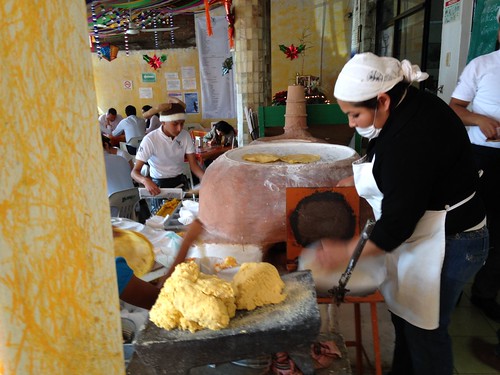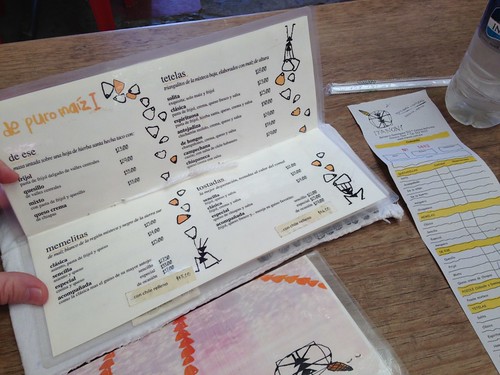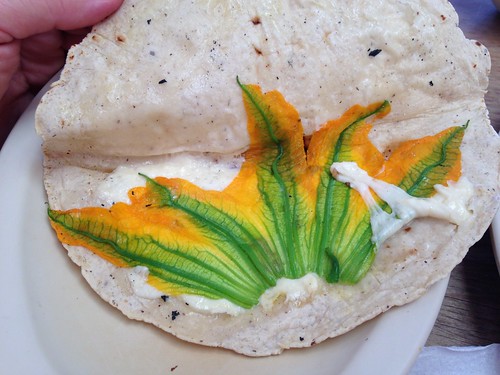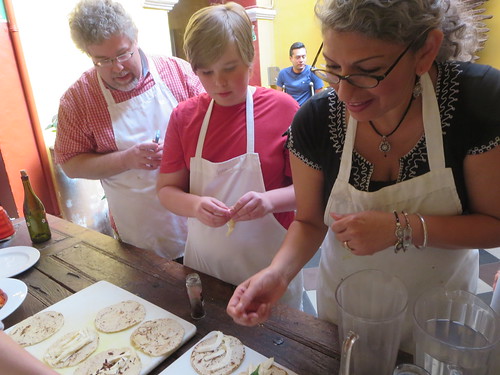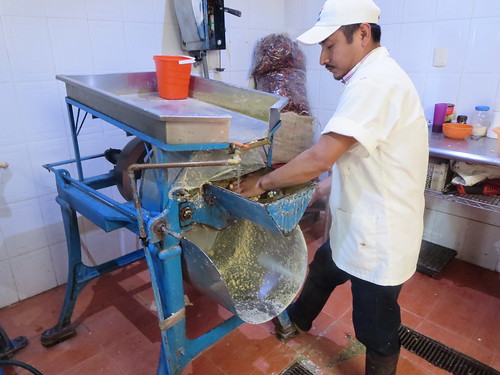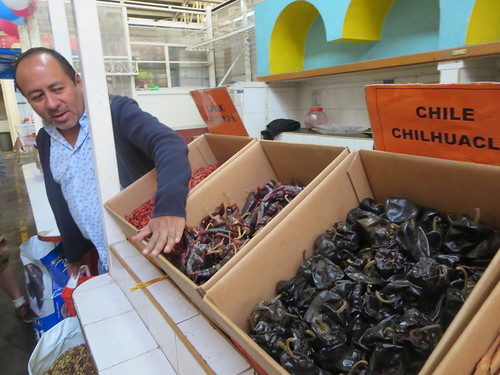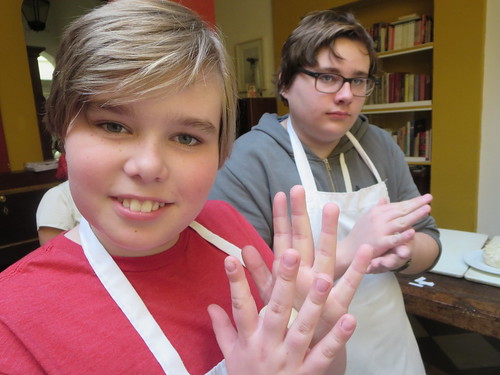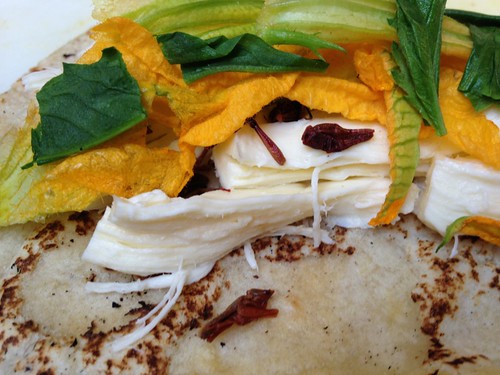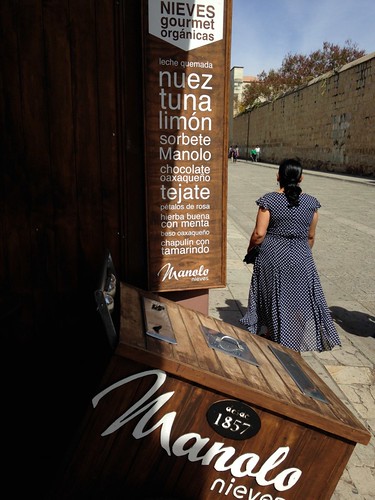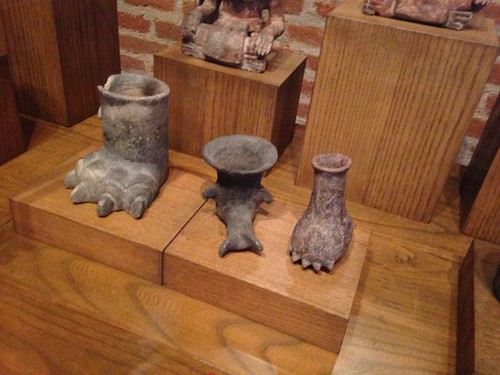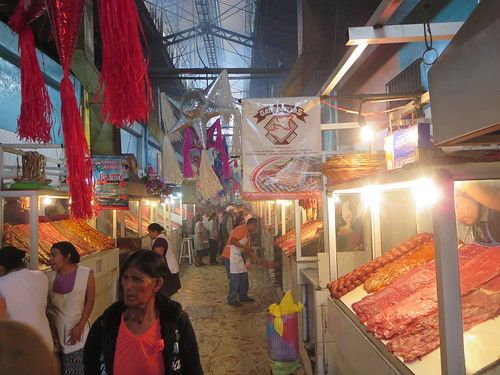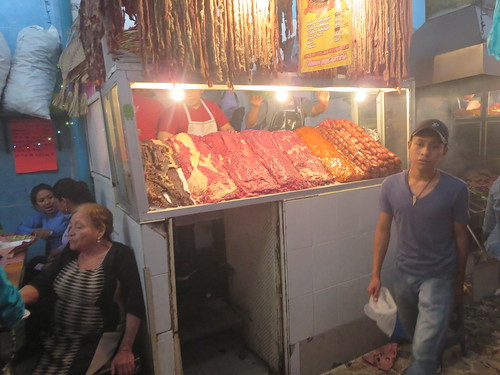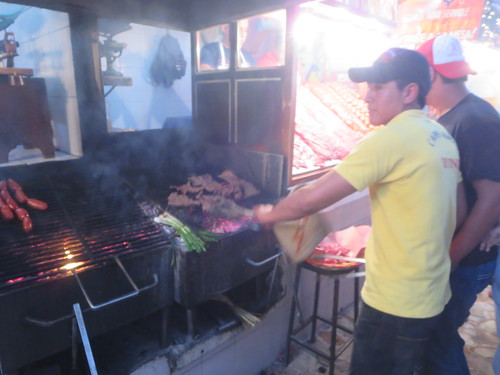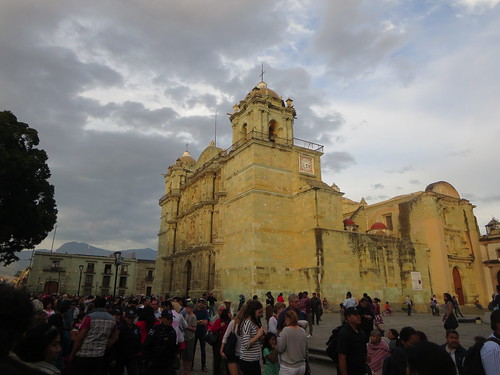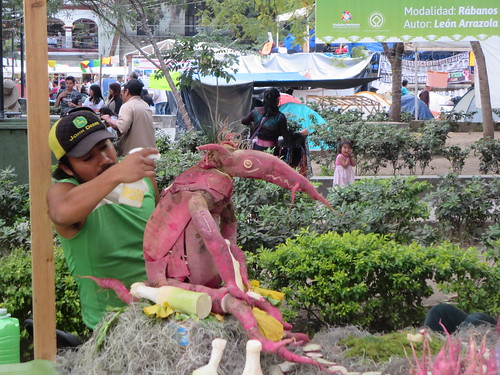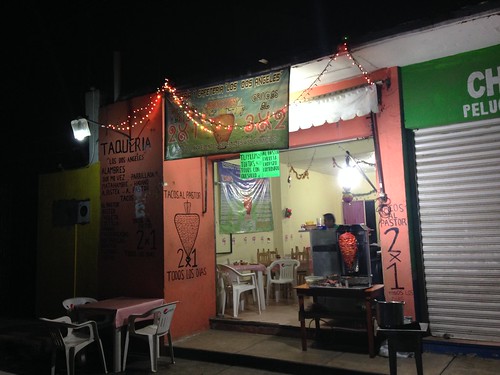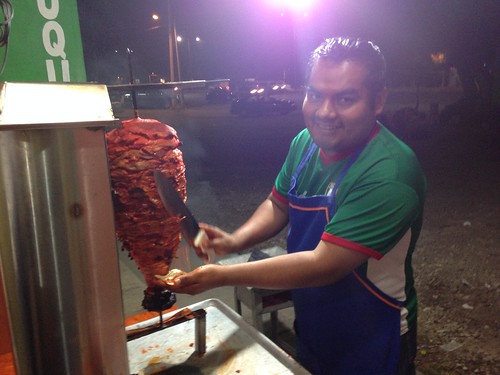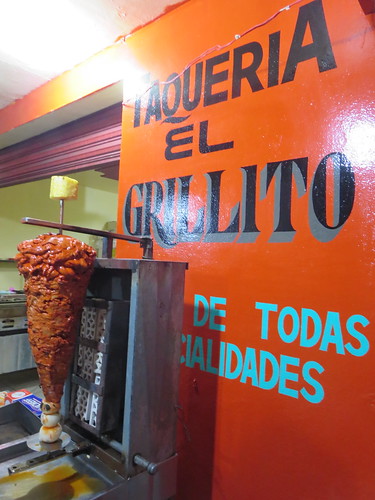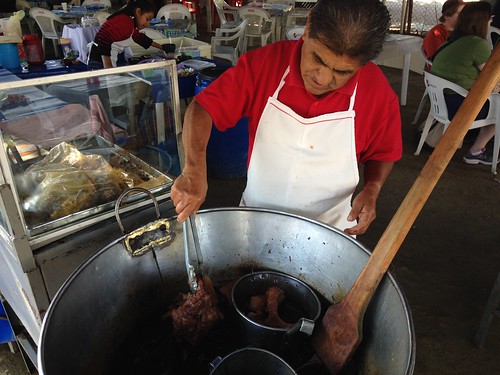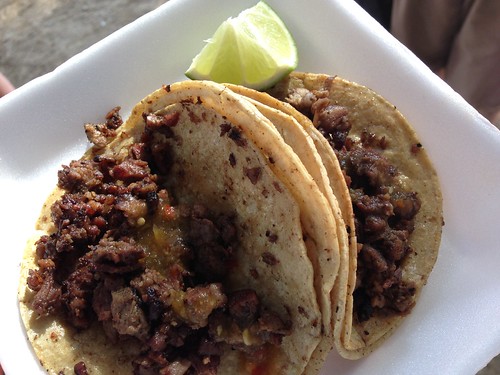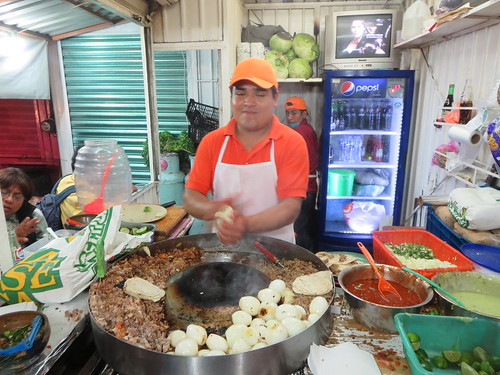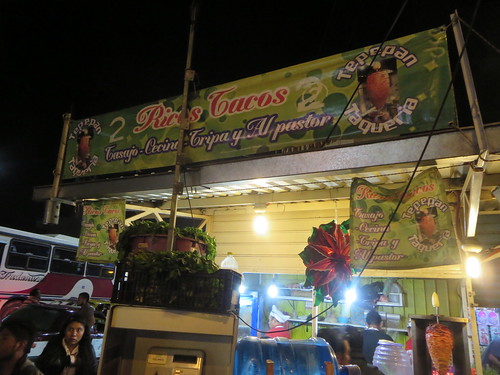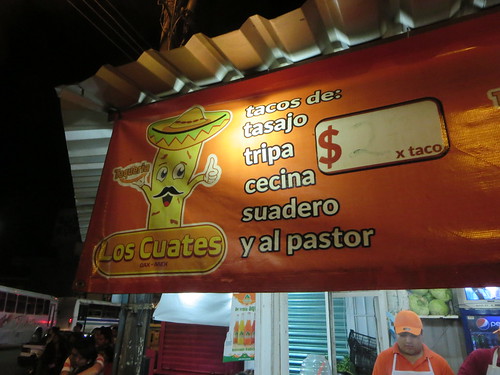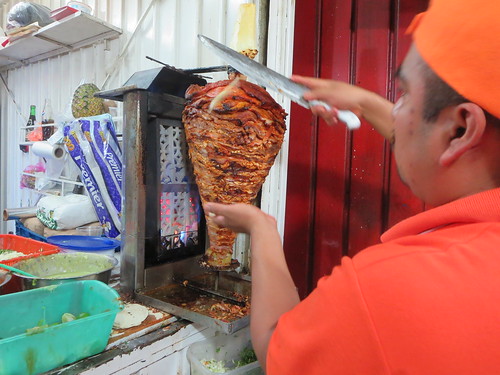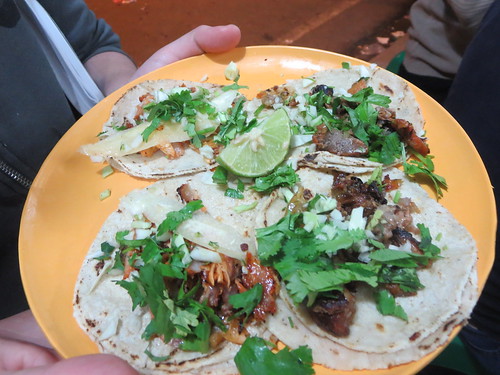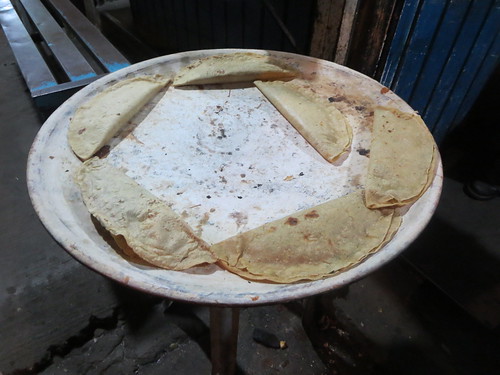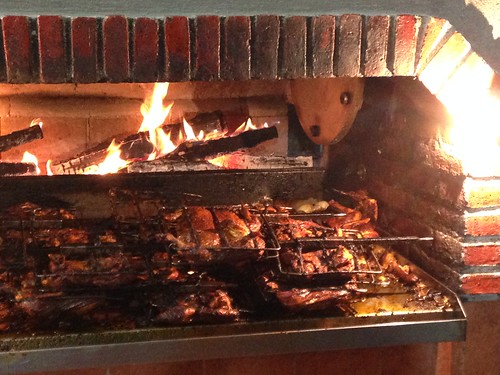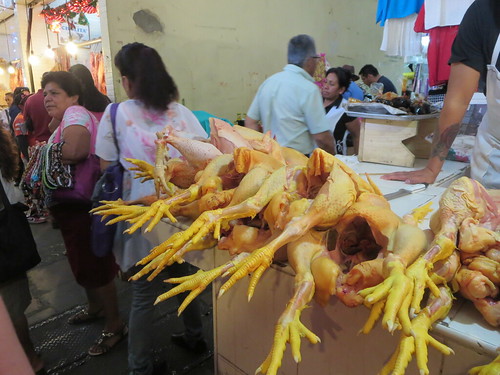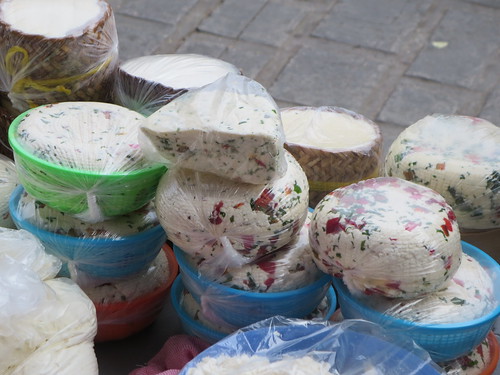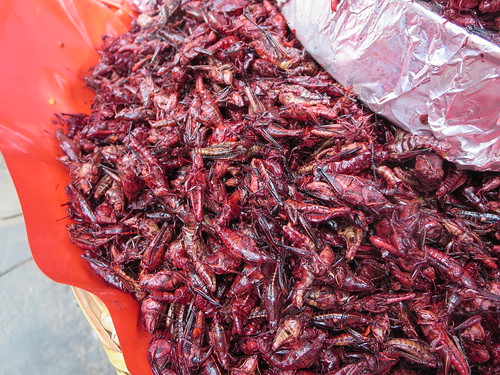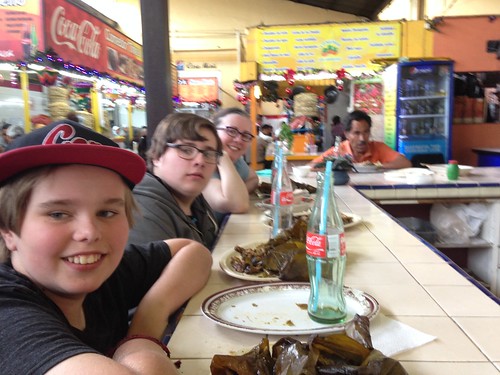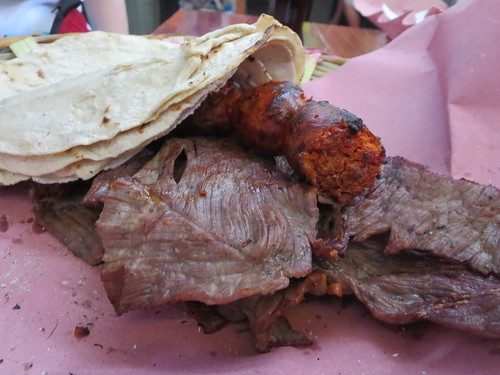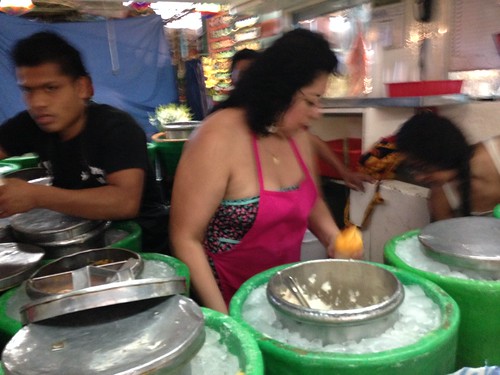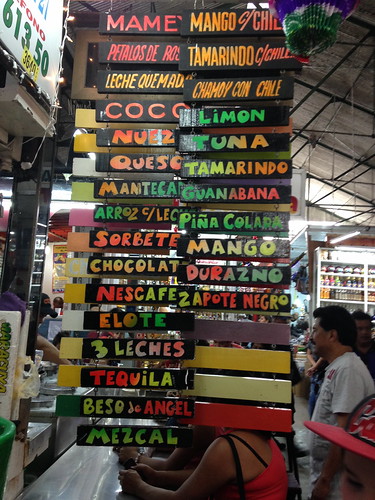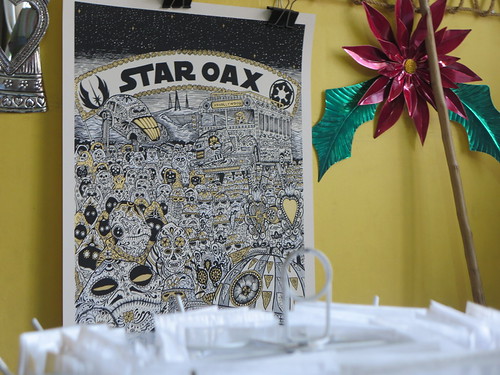
Every restaurant reviewer seems to eventually get around to explaining why reviewing is a crummy job, which flies in the face of the rather obvious facts that it’s 1) free food and 2) writing that people pay attention to; the only way it could seem better to normal people who do real work would be if it included this (remember, Mastroanni was playing a magazine journalist in La Dolce Vita):
Happened to me more times than I can count. The latest is Charleston City Paper critic Robert F. Moss, and if he has one good point, it’s that a lot of hot scenes— like, say, Charleston’s— are not that deep. There’s half a dozen stars and then there’s Contemporary American in strip malls. (Mmm, scallops!) As it happens, I read this piece in Tampa— actually St. Pete Beach, on the Gulf coast just a long bridge or two from Tampa— and I couldn’t have asked for a better illustration of its point. Florida is a place that gets a bad rap for dining, land of early bird specials and unadventurous bargain-minded eaters, generic restaurants that blur the line with retirement community lunchrooms, and I saw some of that, especially at breakfast. You could do some sad, boring dining here, I think, if you had the knack for such, but then that’s true of everywhere in America. But Tampa definitely has its high points and a bit of an indigenous food culture which is well worth exploring, rooted in its immigration patterns (Cuban, Italian, New Jerseyan) and proximity to water, and appreciated enthusiastically by the locals. In five days I pretty much felt like I had had at least one of everything Tampa had to offer; it isn’t deep, but it was enough for us to have a good trip and be glad we chose it.
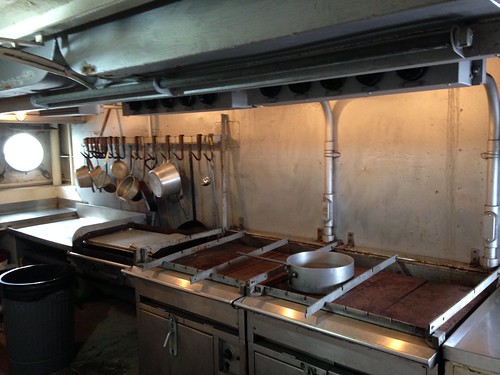
Galley on the U.S.S. American Victory.
The good news was that our friend the internet made it possible to dine with remarkable efficiency, zeroing in on top places for nearly every meal. In particular I want to give credit to JeffB and others in this thread on LTHForum dating back to 2005; you might not want to take 2005 advice very often, but this is all about places that have been the same since 1965 (if not 1905 like Columbia), so that was fine, and it was cool to think that that dated back to my old LTH days, and to think that it was put there a decade ago like a time capsule for me to open now. Also, this post by Titus Ruscitti gave an excellent overview of the sandwich scene, and it was put to the test as well. One note: we skipped probably the two places you’ve heard of. I’ve been to two different branches of Columbia over the years, and was never wowed enough by its kind of Spanish food that I felt I had to check out the 1905 original in Tampa. And I would have enjoyed Bern’s, the old school steakhouse with the deep, deep wine list (especially dessert wines, eccentrically), but it just wasn’t the place to go with my son. They’ve been there forever, they’ll be there when I get back.
Anyway, the first stop was my own discovery (in the sense that means I found something that everyone locally knew about, of course). We missed an exit but were close enough to drive surface roads, so we got off— and immediately spotted Coney Island Grill in St. Petersburg, dating back to 1926:
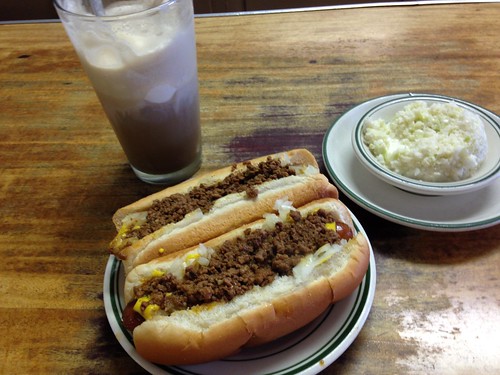
This is a Detroit-perfect place serving quite good Coney dogs with beanless chili on it, no fries cheeps (or cole slaw in my case), and root beer floats. We were happy as could be finding this after flying and spending too much time at the car rental place.
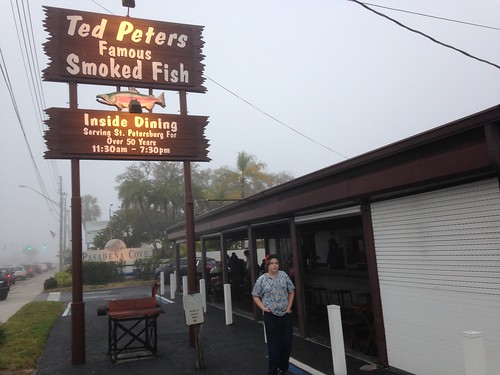
It was overcast much of the week. Still better than zero degrees in Chicago.
St. Pete Beach’s main strip is somewhat generic American contemporary restaurants, mostly seafood with some steak places to give you a break, but on the road leading to it we spotted a unique place spoken of highly, which was seafood— but smoked, not fried. Ted Peters serves a pretty simple dinner— smoked fish, salmon, mackerel, mahi-mahi or mullet— with pretty basic but first-class sides (German potato salad, cole slaw again). I’d have gone for a stronger fish, but hoping to get my son to try it, I went for mild mahi-mahi and the smoked fish spread. Liam had hot dogs anyway.
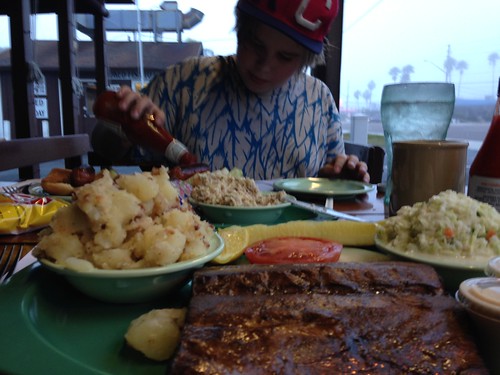
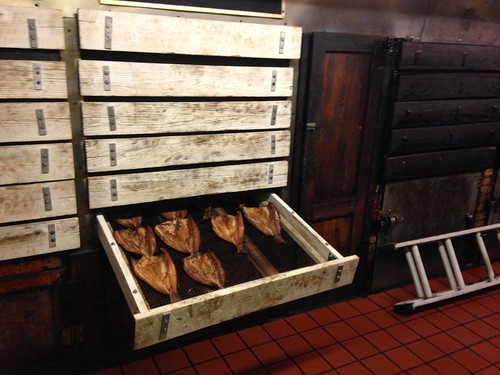
Afterwards we chatted with the guy running the smokehouse and got to see the last of the night’s fish. The fish spread— which was fantastic, even better than the dinner— we learned was, I think, 70/30 mahi-mahi/mullet. This was cracker soul food, and a must stop as far as I’m concerned.
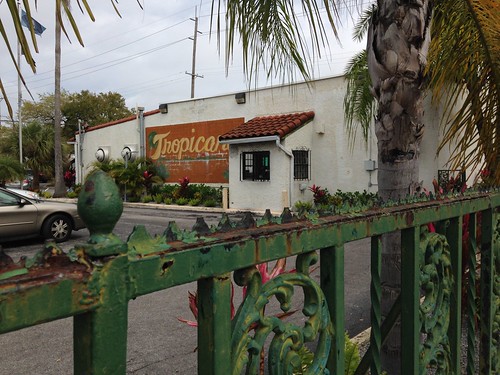
Ybor City, the early-1900s cigar-making neighborhood, looks like it’s become Tampa’s Bourbon Street over the years, with a lot of chain dining and Hey Let’s Get F’d Up! places to drink. Still, there are some places that have survived and are worth a visit, like La Tropicana, which JeffB compared to Manny’s for its cafeteria-like, aldermen-and-power-brokers-and-city-workers feel. I went there first for a baseline on the Cuban sandwich and also a Tampa special, the devil crab, which is a big fried Spanish-style croqueta made of all the scrap meat left in a picked-over crab. It’s a little spicy, a little funky, and tasty though I didn’t feel the need to try one at every stop (for one thing they’re pretty huge). Anyway, the Cuban was nice and I guess I see the difference in bread used in Florida, but it was a little slighter than I thought; I’m ready to say you can get a pretty darn good version of a Cuban here, too, even if it is on Gonnella bread. In any case, the best thing— which you can’t get so much here— was Liam’s fried fish sandwich on the sweeter, yellower Cuban bread. They know how to fry fish here like Memphis knows how to fry chicken.


As demonstrated by dinner at a place called Sea Critters, which I found on Trip Advisor or something when I decided I didn’t want to travel far for dinner, too. It’s in Pass-a-Grille, a little more of a cutesy upscale vacation town area than the generic strip in St. Pete Beach; I didn’t have a huge need to shop for $200 blouses or nautical knickknacks, but Sea Critters was a lively supper club-ish waterfront place where people in their 60s and 70s were actually eating after 7 pm, and they fried a piece of grouper just fine, too.
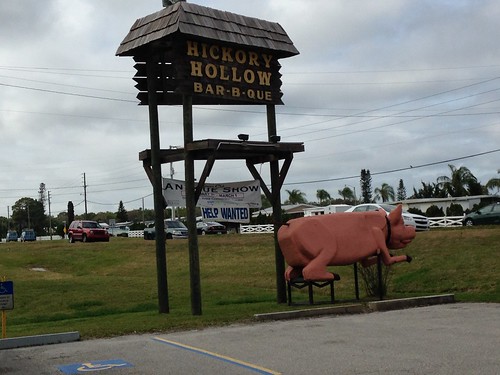
I’ve looked for barbecue before in Florida without great success, but meeting up for lunch with an online friend near Bradenton, we went to a place in Ellenton called Hickory Hollow BBQ, and it proved to be a pretty good sit-down BBQ joint with a lot of quite good Southern sides (your choices for that day are shown on a pig-shaped wooden board with the specific offerings velcro’d to it).

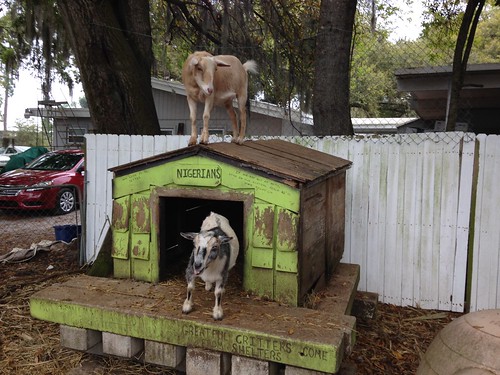
What to do while waiting to be seated at Hickory Hollow: play with the goats.
Back in Tampa, one place I definitely wanted to check out was a busy lunch spot called Brocato’s, located in some metal sheds by the highway. Amusingly, there was an interview I had to do which was held up the previous week, and so I wound up standing in the muddy parking lot of Brocato’s after lunch, interviewing by phone Chef Blaine Wetzel, a Noma and Manresa veteran who runs the ultimate farm to table getaway 2 hours from Seattle, Willows Inn on Lummi Island. This is the life we’ve chosen! But farm to table though it wasn’t, I knew my choice of Brocato’s was good because when we were leaving another parking lot later, the attendant saw our leftover Brocato’s drink cups and complimented us on our tourist acumen.
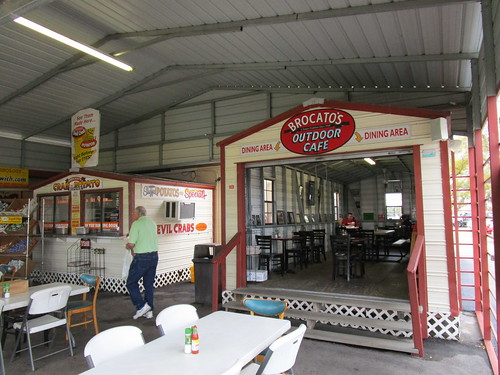
Anyway, two things I knew I needed to try: the Spanish gallego soup (basically pork and garbanzos) and their Italian deli version of a Cuban. The soup, alas, was not that exciting; I have a feeling it would have had more flavor, and softer garbanzos, about four hours later.
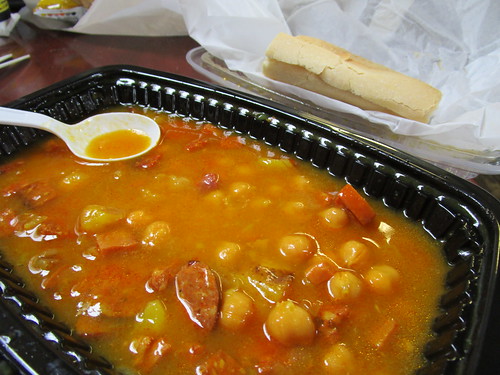
The Cuban, though, was terrific. One thing I’ve always kind of held against the Cuban sandwich is that it’s pretty sparse— a thin strip of ham, a thin strip of pork, it just doesn’t live up to my ideals of sandwich excess. But this one did, this one was fat with ham and cheese and especially dripping juicy pork, as indulgent as a wettest Italian beef. (It doesn’t look as huge, somehow, but it was.) This is my idea of a(n inauthentic) Cuban sandwich, one that tastes like American capitalism.
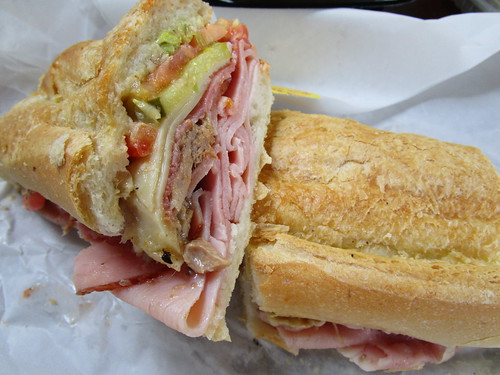
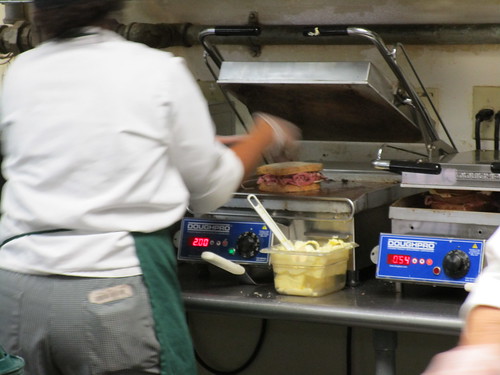
The next day I couldn’t face another Cuban, as we went to another Titus recommendation, Wright’s, so I had The New Yorker, basically a pastrami combo sandwich. This is a funny place, packed as can be, the line having a little Soup Nazi demandingness to it– if the Soup Nazi was instead a sweet Southern lady. (Don’t ask me how that makes sense, but it did.) They griddle most of their sandwiches, served on their own perfectly round bread:
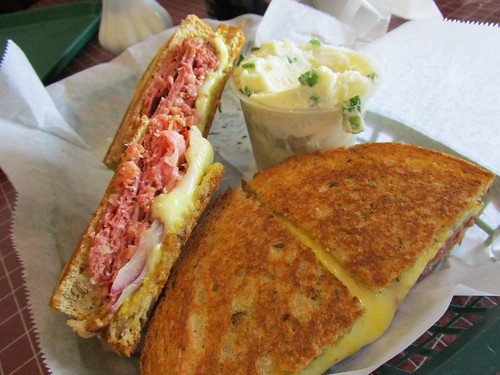
Anyway, a good place though Brocato’s would be first choice for its total local flavor. Titus’ old post says they had one in the airport, too, so I planned to get a Cuban and take it home to my other son, but alas, that seems to have been replaced by lesser chain dining.
I mentioned that breakfast was the least exciting meal overall, and we tried a couple of local spots that were nothing special and slightly generically depressing, plus a Waffle House which was, well, Waffle House. The one breakfast spot I wound up liking and returning to was an Italian cafe and bakery in St. Pete Beach called (what else) La Casa del Pane, which did nice versions of Italian pastries including a highly credible sfogliatelle. I’m not the only one who thinks well of it, it was packed every morning with older folks who, nevertheless, were standing up for eating good things and being sociable over espresso and refusing to give in to wheat toast and egg white omelets. Rage, rage against the dining of the Lite, good people of New-Jersey-Sur-le-Gulf.
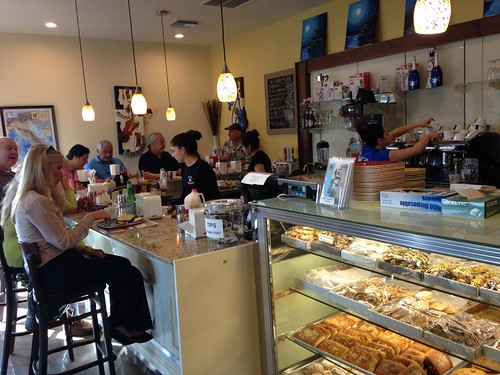
Coney Island Grill
250 Doctor Martin Luther King Jr St N
St Petersburg, FL 33705
(727) 822-4493
Ted Peters Famous Smoked Fish
1350 Pasadena Ave S
South Pasadena, FL 33707
(727) 381-7931
La Tropicana Cafe
1822 E 7th Ave
Tampa, FL 33605
(813) 247-4040
Sea Critters
2007 Pass a Grille Way
Pass-a-Grille Beach, FL 33706
(727) 360-3706
Hickory Hollow BBQ
4705 US-301
Ellenton, FL 34222
(941) 722-3932
Brocato’s Sandwich Shop
5021 E Columbus Dr
Tampa, FL 33619
(813) 248-9977
Wright’s Gourmet Cafe
1200 S Dale Mabry Hwy
Tampa, FL 33629
(813) 253-3838
La Casa del Pane
7110 Gulf Blvd
St Pete Beach, FL 33706
(727) 367-8322

Not the old friend we met up with.


 Posted in
Posted in 
